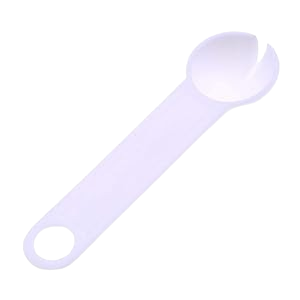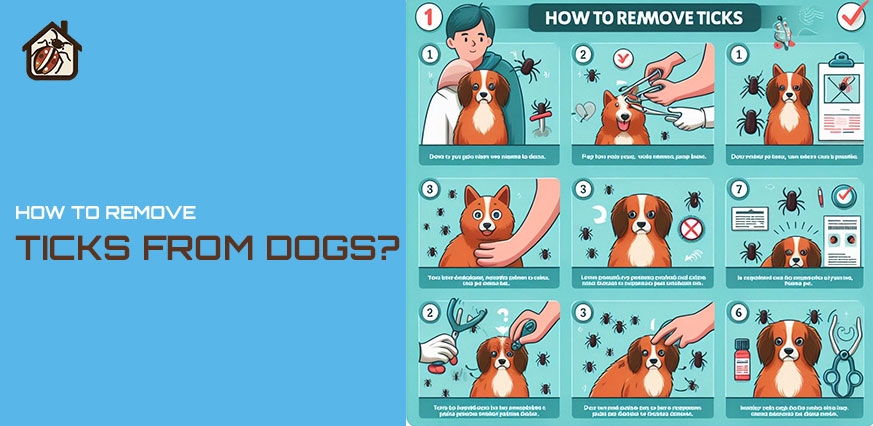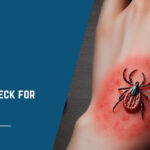Removing ticks from dogs can be unsettling to deal with a tick on your skin, but fear not—some instruments make the process less frightening and more effective. Look at these three practical assistants:
What can you use to remove ticks from dogs safely?
Tick Twister: A Twist of Rescue

image of a dog and man removing the tick from a dog
The Tick Twister is a tiny wrench with a tick-focused design to remove ticks from dogs. You may softly and steadily twist the tick away without the need to squeeze, thanks to its distinctive V-shaped head that slides beneath it.
By doing this, the possibility of leaving any components behind is decreased, which lowers the danger of infection.
You May also like:
Amber Card: Swipe Away the Stress
This hero the size of a credit card adopts an alternative strategy. Its unique edge lifts the tick from your skin by sliding under it; no twisting is necessary. If you choose not to handle the issue directly, the Amber Card offers a simple and effective approach to get rid of it.
Tick Spoon: Scoop and Lift to Freedom

an image of a tick removing spoon for dogs and cat
Are utensils specifically designed to remove ticks from dogs new to you? Let me introduce you to the tick spoon! This ingenious device, which resembles a little spatula, expertly removes the tick from your skin without puncturing it.
The tick spoon provides a stress-free solution to the itchy problem and is ideal for children or delicate areas. With these things in hand, you may confidently confront tick encounters!
How can you remove ticks from dogs?
Although discovering a tick on your pet can be unnerving, do not panic! You can quickly remove ticks from dogs if you have a cool head and the appropriate strategy. This is your detailed manual for carrying out a successful tick rescue mission:
Maintain Calm: Soothing Environment is Key
Your dog may sense your nervousness, so breathe deeply and project assurance. The process will go more smoothly for you both in a calm setting.
Tick Scouting: Thorough Examination for Stealthy Invaders
It’s time for a comprehensive examination! Systematically part your dog’s fur, paying special attention to warm, damp spots such as the neck, ears, armpits, and crotch. Remember to look inside the tail and between the paw pads.
Tool Engagement: Maneuvering with Precision
Make an informed weapon choice! While specialized instruments like tick twisters or spoons offer varying angles and leverage for safe removal, tweezers offer a conventional grasp.
Twist, Slide, or Scoop: Tailored Techniques for Tool of Choice
Avoiding the body, gently seize the tick as near its head as possible. Using the tool of your choice, twist it gradually and carefully, slip it under the tick to remove it, or remove it neatly with a scoop. To reduce the possibility of leaving mouthparts behind, refrain from squeezing or jerking.
Responsible Disposal: Sealing the Fate of the Tick
It is not appropriate to remove ticks from dogs with your fingers alone! Trash or throw it in the toilet. Alternatively, wrap it in tissue and put it in a tight container.
Post-Rescue Cleanup: Tidying Up and Monitoring
Use rubbing alcohol or a light antiseptic solution to disinfect the bitten area. Keep an eye out for any pus, swelling, or redness that could indicate an infection. Should you have any concerns, speak with your veterinarian.



